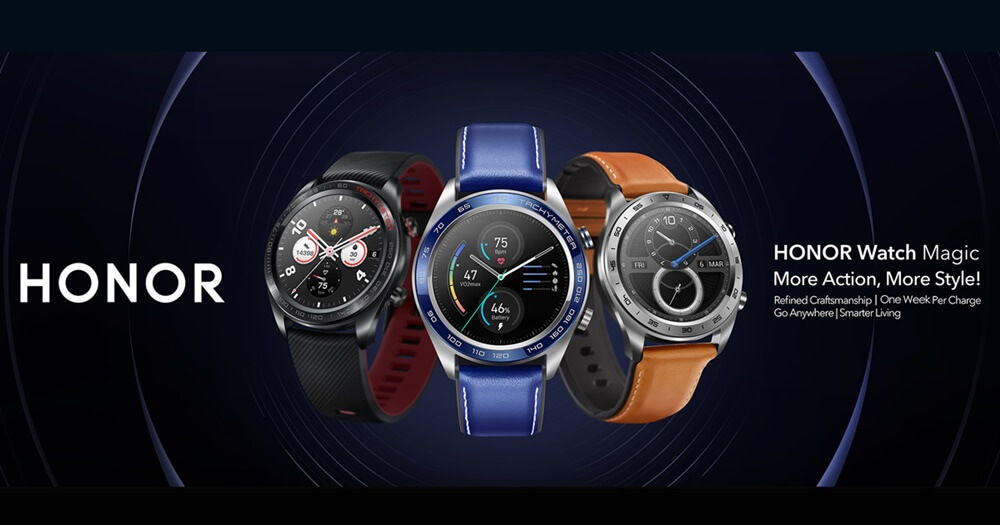More than 2 million units of smartwatch were shipped across the world in 2013. In the same year, the estimated value of the global smartwatch market was $702.5 million. In 2019, the worth was $20.64 billion. The smartwatch market grows with each improved functionality. Even though market projections vary from source to source, they all foresee growth in the smartwatch market. The watch ES brand and the Huawei Watch Fit are a few of the recently debuted fitness trackers in the outdoor smartwatch market. In 2020, the smartwatch market value is $48.44 billion! The global market report predicts the value of the wearable’s need to hit $96.31 billion by 2027, recording a CAGR of 19.6%.
Presently, there’s a rise in smartwatch usage among athletes, including cyclists, swimmers, and runners; as a result, the demand for smartwatches rises day by day. Once the watch is synchronized with their smartphones, users can control music, receive (and reply, in some cases) to alerts, receive phone calls, etc. these functions are guaranteed to generate more revenue to the global smartwatch market in coming years.
Key drivers
a. Increasing awareness of fitness, personal health, and general well-being in people
In the 21st century, where new diseases and health conditions are unveiled daily, people have found it vital to live better, healthier lifestyles than ever before.
This decision to improve lifestyles has given rise to fitness and wellness trackers’ production across the world. Consequently, the technological advancement of the wearable is at its peak.
The devices can now alert the user on heart rates, oxygen levels in the blood, the number of calories burnt, and even the quality of the sleep you’re getting.
You also know your stress level and when a lady is to get their next menstrual cycle.
The global market is bound to expand rapidly on account of these splendid benefits.
b. Fast economic development across the world
With innovations and constant advancement in technology, economies are always growing. As a result, there’s a rise in the disposable income of citizens worldwide, meaning more people can now afford smartphones than before.
c. Increased smartphone operations
Smartwatches are usually operated hand in hand with smartphones. The demand and supply of smartphones are at an all-time high today.
Therefore, the more smartphones acquired, the likeliness that more smartwatches will be in demand
other drivers include increasing awareness of the smartphone and a rise in demographic demand.
d. Competitive analysis
The chief participants in the global production of smartwatches include—Apple, Huawei, Garmin, Fitbit, fossil group, Samsung, among others.
To stay at the top of the game, these companies have adopted particular strategies to increase their market penetration.
These strategies include collaborations, portfolio expansion, agreements, mergers and acquisitions, and also geographical expansion
e. Smartwatch market segmentation
The global market of the wearable is divided according to
Operating system– Android, iOS, windows
Application– sports, fitness and wellness, healthcare, and personal assistance
Region– Asia Pacific, North America Europe, Africa, the middle east, Europe and Latin America
Product– standalone, extension, classical
f. Shortcomings of wearables in the global market
Smartwatches still need a few improvements on their adoption and usage for them to become mainstream.
The machines must become standalone, i.e., be fully operable without smartphone support, for them to be for that level of demand to be achieved.
Other inhibitors include high costs and small screen size.
Final thoughts
The global smartwatch market is expanding rapidly and will continue to grow in the coming years. Note, with people going the tech way, it means the need for more advanced gadgets for daily use will forever keep rising.
